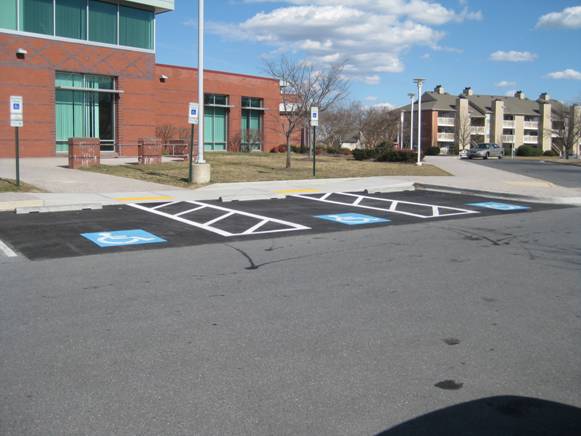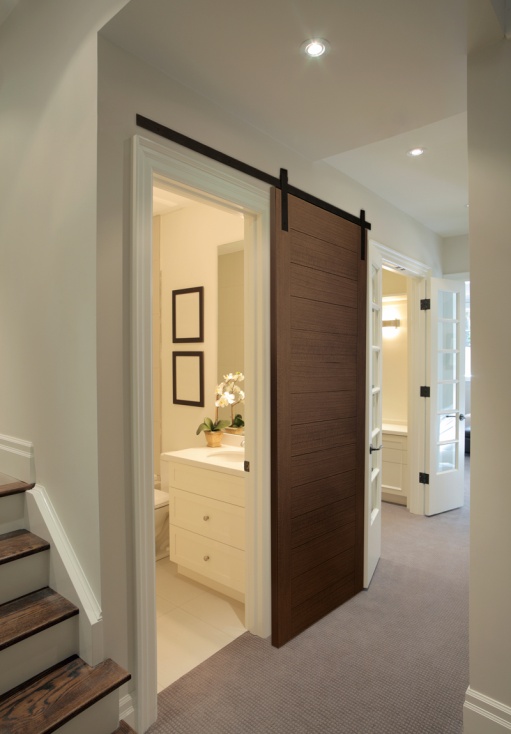
Slope : This area of the guidelines separates what constitutes a ramp and also the maximum allowable cross slope (the side-to-side slope that enables drainage) of 1:50, or two percent.Surface Textures : The guidelines mandate that all floor surfaces be "s table, firm, slip-resistant." They also specify details about grate placement and carpet requirements, most of which relate to how the carpet is attached to prevent safety issues.Where 80 inches is not possible, a barrier warning must be provided. Headroom : There must be 80 inches of headroom in "circulation spaces" such as corridors and hallways.While the guidelines list a T junction of two corridors as an acceptable option, each passing space must be 60 inches by 60 inches.

Passing Space : For routes narrower than 60 inches, passing spaces must be provided at least every 200 feet.For spaces in which the turning of a wheelchair is required, the guidelines include diagrams to better assist developers. The one exception is doors, where the requirement is 32 inches for a door that requires entry and 20 inches for a space where users aren’t expected to move completely through the frame, such as a closet. Width : The ADAAG specifies that accessible routes must be at least 36 inches wide.It worth noting that the guidelines require that "to the maximum extent feasible, coincide with the route for the general public." In other words, people with disabilities should not be relegated to a separate route where integration is possible. For example, it’s not enough for just the exterior facilities of an apartment building to be accessible the guidelines apply to individual residences as well. There must also be accessible routes to each "dwelling" within a space. Location: There must be at least one accessible route linking areas on a site to one another and to transportation, parking and public areas such as streets or sidewalks.The Americans with Disabilities Act Accessibility Guidelines (ADAAG) defines an accessible route as "a continuous unobstructed path connecting all accessible elements and spaces of a building or facility." The ADA guidelines cover such details as elevators, ramps, floors, and corridors as well as exterior design elements like crosswalks and curbs.Īltogether, there are 10 factors to consider when creating an accessible route: location, width, passing space, headroom, surface textures, slope, changes in levels, doors, egress, and areas of rescue assistance.

By John Loeppky Published August 30, 2020


 0 kommentar(er)
0 kommentar(er)
